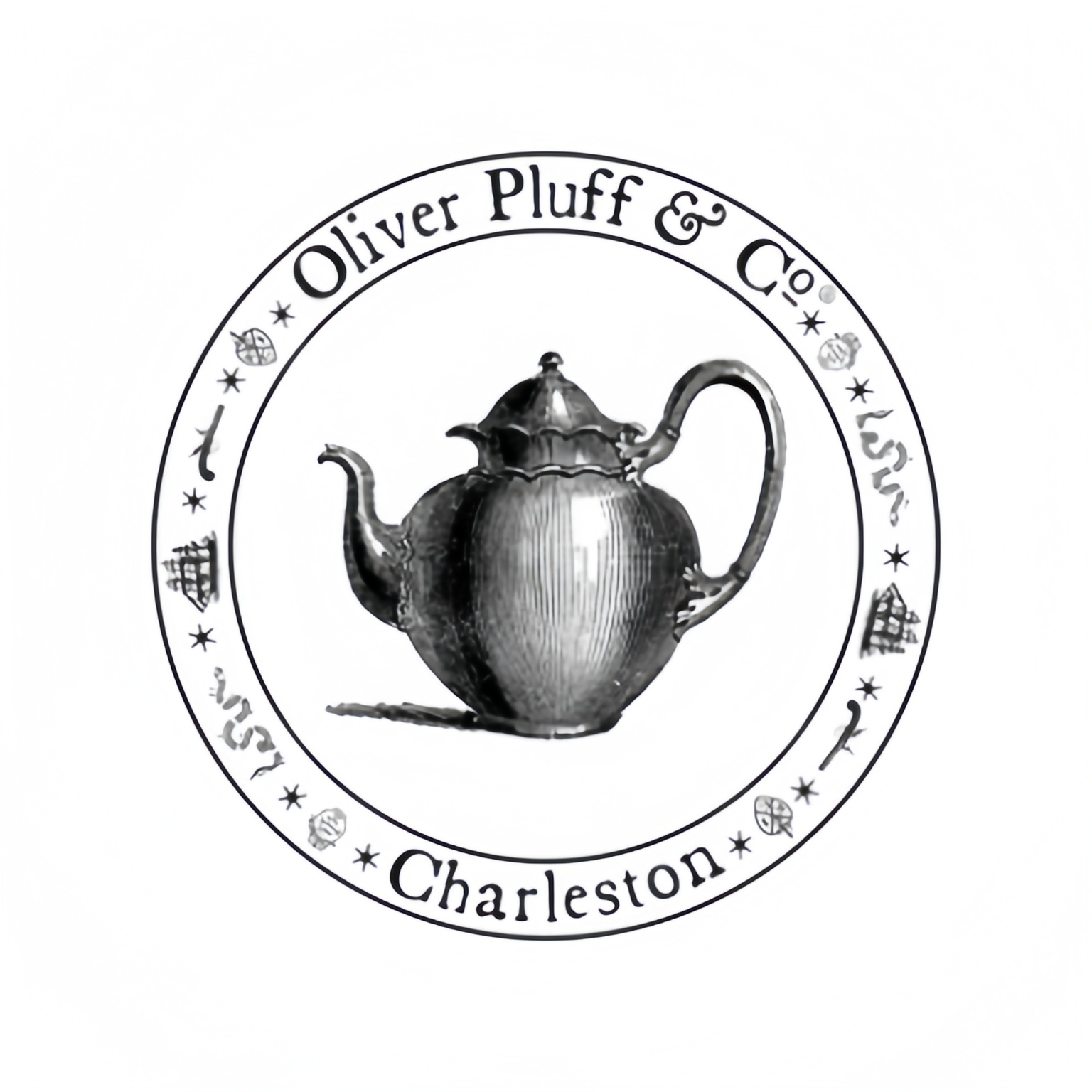Product Detail
Genuine Chinese Yixing Zisha Teapot With Natural Clay
Experience the essence of traditional Chinese tea culture with a genuine Yixing Zisha Teapot made with the world-famous natural clay. Yixing Teapots hold a special in the hearts of tea drinkers, for over 1000 years these unique clay teapots have been promoting and enriching the flavours, aromas and experience of drinking tea.
Expansion of Application Scenarios
What Industries and People Can Benefit?
Yixing Zisha teapots are beloved by a wide array of audiences and in a multitude of circumstances:

What Common Problems Can Be Solved?
Our Chinese Yixing Zisha Teapot with Natural Clay solves these problems and desires for tea drinkers:

About Yixing Zisha Clay
Yixing Zisha clay is sometimes called “purple sand” clay. Only found in the Yixing region of China, Yixing Zisha clay has a unique mineral composition and porous structure. With high iron oxide content and the presence of quartz, mica and kaolin, Yixing Zisha clay is composed of numerous minerals that confer its special attributes. The purple clay is the most famous and sought after of the Yixing Zisha clay. The unique porous structure of the clay allows the teapot to “breathe” and also allows it to absorb the essence of the tea brewed in it. Over time, the teapot becomes seasoned through this process, enhancing the flavor, aroma and color of future brews while making the teapot unique to the teas it has steeped. The clay’s heat retention further contributes to the clay’s ability to enhances the tea brewing process.
What should I look for in a Yixing teapot? Is certain Zisha clay better for certain teas?
Choosing an Yixing teapot depends several considerations:

Ultimately, the “best” clay for a particular tea can be subjective and part of the fun of discovery. Many tea enthusiasts reserve particular teapots for particular teas to avoid cross contamination of the seasoning.
How do I season and care for my new Yixing Zisha teapot?
Seasoning (Initial Preparation):

Daily Care:

Can you use different tea in Yixing teapot?
As a general recommendation, it is best to allocate one Yixing teapot per one type (or category) of tea. (e.g., one for oolongs, one for Pu-erh, one for black teas). This is because the clay readily absorbs the essential oils and aromas of the teas that are brewed in it. If you brew a flowery oolong and then brew a cooked Pu-erh in the same pot, do not be surprised if your future infusions from that pot taste muddled. Similarly, if you use a delicate green tea in a pot that has been seasoned extensively with a srong, aggressive, and/or smoky cooked Pu-erh, your green tea’s flavor will likely be greatly reduced. It should be noted, however, that there are people who use one pot for a category like “dark oolongs” or “raw Pu-erh”.
Authenticity Guarantee
We guarantee all of our Yixing Zisha teapots are made from Yixing natural Zisha clay. We take every care to ensure our Yixing teapots are authentic and natural. Because many Yixing teapots are manufactured in a traditional way that frequently involves handiwork, so the teapot may be vary slightly in lightness of colour, quality and finish to those shown in the photographs; this is part of their character and appeal. We offer a [Put your specified warranty term here – eg. 30 days return warranty for flaws in craftsmanship; not including accidental cracking after use]. Please inspect your teapot carefully upon receipt of your order and contact us immediately if you have any concerns about its condition.
How can I tell if a Yixing teapot is real?
Authenticating Yixing teapots can be difficult, but here are some signs:

We are sourcing with commitment to all genuine on our “Chinese Yixing Zisha Teapot with Natural Clay“.
Selections/Comparison Shopping
We hope the above Chinese Zisha Purple Clay Teapots would help you to have a good section on Spouted Teapots Or, looking for the following type or feature teapot:
| Feature | Our Yixing Zisha Teapot | Glass Teapot | Glazed Ceramic Teapot | Stainless Steel Teapot |
| Material | Natural Yixing Zisha Clay | Borosilicate Glass | Clay/Porcelain with Glaze | Stainless Steel |
| Flavor Impact | Enhances over time, absorbs tea essence | Neutral, no flavor alteration | Neutral, no flavor alteration | Generally neutral, can be metallic |
| Heat Retention | Excellent | Moderate | Good | Good to Excellent |
| Porosity | Porous (unglazed) | Non-porous | Non-porous (due to glaze) | Non-porous |
| Seasoning | Yes, develops unique character | No | No | No |
| Durability | Durable with care, can break if dropped | Can be fragile | Can chip or break | Very durable |
| Aesthetics | Natural, earthy, artistic, traditional | Modern, transparent (see tea leaves) | Varied colors & designs, often smooth | Modern, sleek, industrial |
| Tea Dedication | Best for dedicated tea types | Suitable for all teas | Suitable for all teas | Suitable for all teas |
| Maintenance | Rinse with water only, no soap, air dry | Easy to clean, dishwasher safe often | Easy to clean, dishwasher safe often | Easy to clean, dishwasher safe often |
| Cultural Value | High, rich tradition | Low | Moderate (depending on origin/style) | Low |
| Price Range | Moderate to Very High (depending on artistry) | Low to Moderate | Low to High | Low to Moderate |
When to pick our Yixing zisha teapot?

When else might I want an other option:
Glass Teapot: – When you want to enjoy being able to visually watch tea leaves unfurl. – When you want a completely neutral vessel to taste many different teas in without flavor being carried over into the next tea.
Glazed ceramic teapot: Choose this if you want a versatile, easy-to-clean teapot that comes in a good range of aesthetic styles—and if you don’t want to worry about seasoning or dedicating the pot.
Stainless Steel Teapot: If heat retention and durability are your absolute priorities, and you want a more modern and utilitarian style.
Our “Chinese Yixing Zisha Teapot with Natural Clay” is for customers who take the art of tea to the next level. Elevating tea into a whole ritual, our Yixing vessel is for the customer who moves beyond simply drinking, enjoying a richer experience and deeper connection to the tea itself.
Actual Cases/Customer Stories
Case Study 1: The Oolong Aficionado’s Discovery
Customer: David L. had been an avid oolong tea drinker for over a decade.
The problem: David felt like he had plateaued in his appreciation of tea. He loved his high-quality oolongs, but he read that Yixing teapots could enhance the experience. He wasn’t sure he was ready to commit to a teapot that would only brew one type of tea, though
Solution & Experience: Upon purchasing our Chinese Yixing Zisha Teapot (a Zini clay model), David assigned it to his favourite Tie Guan Yin oolong. “The first few brews were good, but I didn’t notice a huge difference,” recalls David. “But I continued to care for the teapot according to the instructions closely. After about a month of daily use, the magic began to happen. The tea tasted smoother, the floral notes seemed more pronounced, and there was a soft, almost intangible sweetness underlying the tea that wasn’t there when I brewed in my porcelain pot. It is as if the teapot got to ‘know’ my tea. Nowadays, I wouldn’t think of brewing my premium oolongs in anything else. My Yixing teapot is no longer just a teapot – it is my partner on my tea journey.”
Case Study 2: A Touch of Tradition in a Modern Café
Customer: “The Wandering Leaf” – a specialty tea café.
The café wanted a more polished, authentic user experience than commercial teaware to match their premium highest grade loose leaf Chinese teas.
Solution & Experience: The cafe owner invested in an assortment of Yixing Zisha teapots, selecting different clay types for their Pu-erh, oolong, and black tea programs. “Our customers who know their teas perceived the difference immediately,” says the owner. “They appreciate the tableside presentation and the backstory of the Yixing pots. We’ve found it’s not only helped the quality of the tea, but has started many conversations around tea culture. Our staff are trained to explain the benefits, and it’s definitely contributed to a unique selling point, and added an aura of authenticity to our premium tea offering. The teapots have seasoned very nicely and form a part of the conversation.”
Customer Story Snippet:
“I got this Yixing teapot as a gift, and it’s absolutely transformed my morning tea ritual. The natural clay feels so good to hold, and I totally swear my daily cup of Keemun black tea is so much richer and complex. It has me slowing down and enjoy the moment.” – Sarah K.


















Andre –
Game changer for serious tea drinkers. The clay develops a character over time. Each type of tea should have its own dedicated pot.